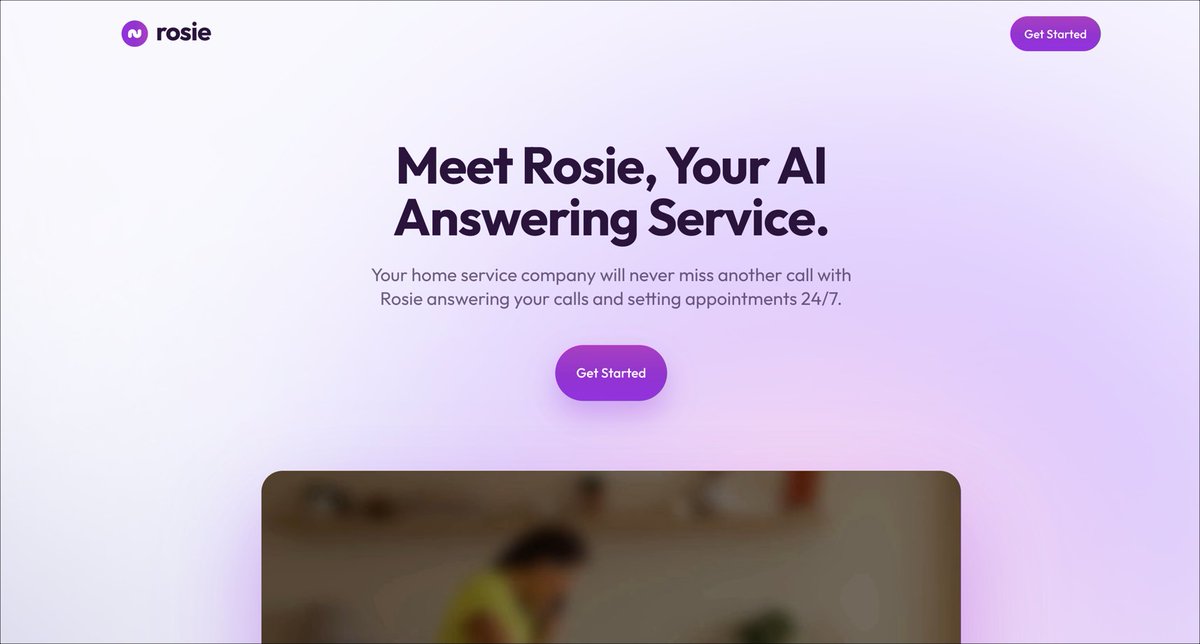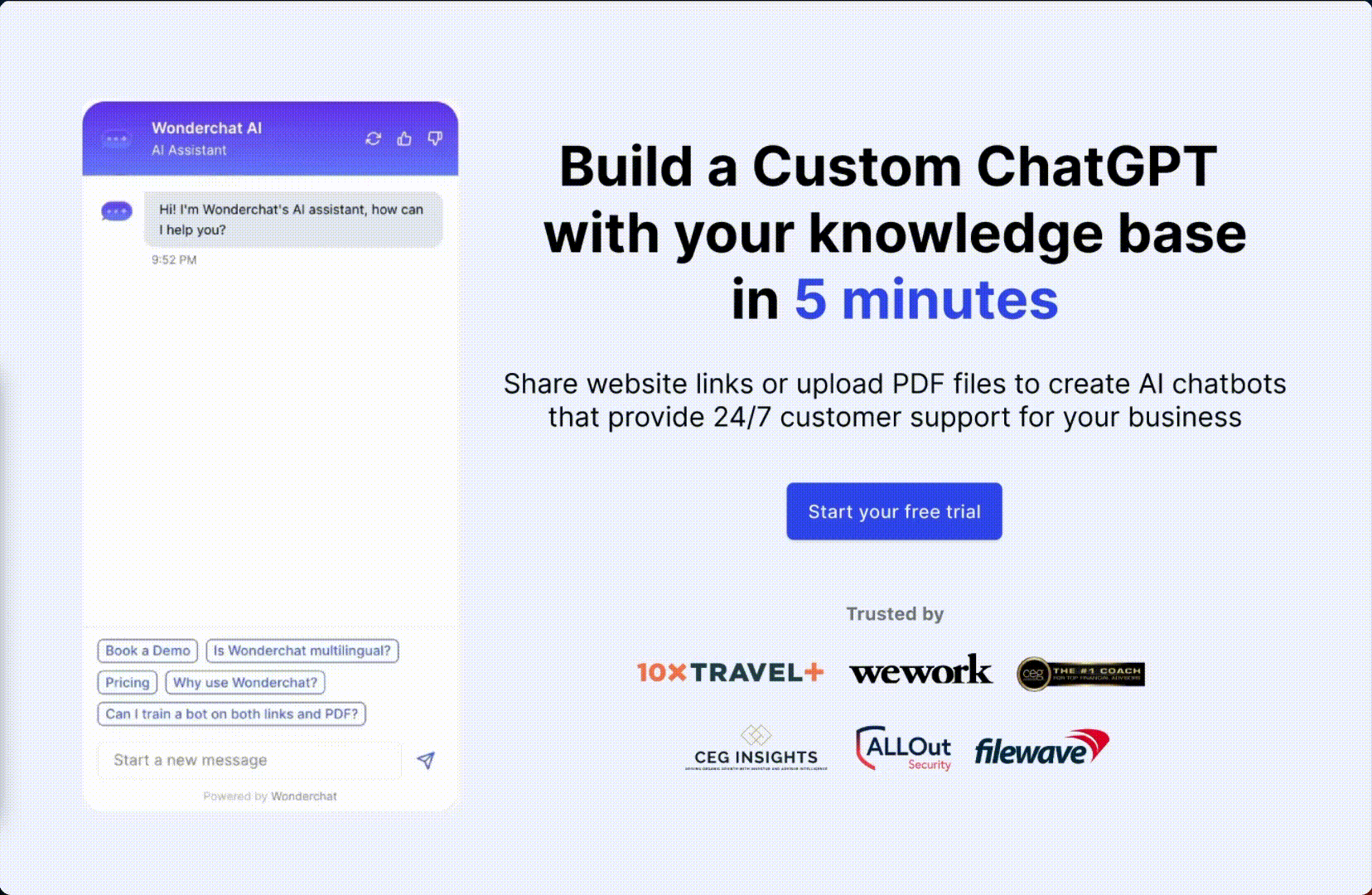- Superpower Daily
- Posts
- This humanoid robot can drive cars
This humanoid robot can drive cars
AI discovers new rare-earth-free magnet
In today’s email:
📸 Photographer Disqualified From AI Image Contest After Winning With Real Photo
📚 A researcher fired by OpenAI published a 165-page essay on what to expect from AI in the next decade.
👀 Can LLMs invent better ways to train LLMs?
🧰 9 new AI-powered tools and resources. Make sure to check the online version for the full list of tools.



Researchers at the University of Tokyo have developed a "musculoskeletal humanoid" robot named Musashi, which they believe could be the key to safer autonomous cars. Musashi has been trained to drive a small electric car through a test track, using two cameras as eyes to see the road and side mirrors. The robot's mechanical hands can operate the car's key, handbrake, and turn signals, while its anti-slip feet can press the accelerator and brake pedals. After feeding Musashi raw sensor data to teach it steering, the robot successfully turned a corner at an intersection, adhering to traffic signals.
However, Musashi's performance has limitations. When turning a corner, the robot only slowly lifted its foot off the brake pedal, resulting in a two-minute turn due to technical constraints and safety precautions. In another experiment, Musashi used the accelerator but struggled to maintain a consistent speed, particularly on inclined roads. These issues highlight the challenges still facing the development of such humanoid drivers.
Despite these hurdles, the researchers remain optimistic and are committed to improving Musashi's capabilities. They plan to develop a next-generation robot and software to address the current limitations. Looking ahead, the team envisions a future where robots like Musashi might drive Tokyo taxis, offering a new approach to autonomous vehicle technology.

UK deep-tech company Materials Nexus has announced a breakthrough in designing a new rare-earth-free permanent magnet called MagNex, achieved through their AI platform. This AI-driven process was 200 times faster than traditional methods, addressing the growing demand for powerful magnets essential in electric vehicles and other technologies. The AI analyzed over 100 million material compositions, factoring in cost, supply chain security, performance, and environmental impact, to identify MagNex. This innovation promises a significant reduction in material costs and carbon emissions compared to current rare earth magnets.
With the transition to electric mobility and the rising demand for compact, high-power motors, the reliance on rare earth materials like neodymium and dysprosium has become problematic due to their environmentally damaging mining processes and monopolistic supply chain dominated by China. Materials Nexus estimates a tenfold increase in demand for permanent magnets by 2030, emphasizing the need for alternative solutions. The company believes its AI platform can revolutionize material discovery, drastically cutting down the time and resources traditionally required.
Materials Nexus collaborated with the Henry Royce Institute at the University of Sheffield to synthesize and test MagNex, completing in three months what would typically take years. This new magnet, produced at a fraction of the cost and with lower environmental impact, exemplifies the potential of AI in accelerating the discovery of sustainable materials. Beyond magnets, Materials Nexus' AI platform has attracted interest for various applications, including semiconductors, catalysts, and coatings, promising significant advancements in reducing CO2 emissions and addressing supply chain challenges.

A photographer named Miles Astray was disqualified from the 1839 Color Photography Awards after his real photograph of a flamingo won in the AI image category. Astray submitted the image to make a point about the value of real photography, stating, "I wanted to show that nature can still beat the machine and that there is still merit in real work from real creatives." His photo not only placed third but also won the People’s Vote Award, leading the contest organizers to disqualify him for not meeting the AI category criteria.
The contest, judged by professionals from prominent organizations like The New York Times and Getty Images, had numerous categories, with AI being unique as it didn't require camera-based entries. Despite the strong message behind Astray's submission, the organizers stated that it was essential to maintain fairness for all participants by adhering to the category definitions. They acknowledged the importance of his statement but emphasized the need to give other artists a fair chance in the AI category.
Astray's experiment underscores the ongoing debate about the impact of AI on creative fields. He aimed to highlight the unmatched creativity of nature and genuine photography amidst the rise of AI-generated content. This incident, along with others where AI images have won photography contests, raises important questions about the intersection of technology and artistry, reinforcing the irreplaceable value of human creativity.

Leopold Aschenbrenner, a former OpenAI researcher, recently published a comprehensive 165-page essay discussing the future of artificial intelligence. Aschenbrenner's work, grounded in publicly available information and his own insights, predicts rapid advancements in AI, particularly the emergence of artificial general intelligence (AGI) by 2027. He foresees AGI quickly leading to superintelligence, where AI could surpass human intelligence. Aschenbrenner's essay emphasizes the unprecedented acceleration in AI development, suggesting that models like GPT-4 could evolve into AGI much sooner than expected due to improvements in computational power and algorithmic efficiency.
The essay also goes into the economic and security implications of these advancements. Aschenbrenner highlights significant investments in AI infrastructure, such as GPUs and data centers, and stresses the importance of securing these technologies against misuse, particularly by state actors. He predicts an increase in investment into trillion-dollar compute clusters and anticipates intense national security measures to manage AI development. The potential for AI to reshape industries, enhance national security, and pose new ethical and governance challenges is a central theme in his work.
Aschenbrenner also addresses the technical and ethical challenges of managing superintelligent AI, referring to the 'superalignment' problem—ensuring AI systems remain aligned with human values. He predicts a critical role for AI in national security and expects significant involvement from the US government in AI development by 2027-2028. The essay suggests a mobilization of technological resources similar to historical wartime efforts, focusing on AI as a national priority. Overall, Aschenbrenner's essay underscores the transformative potential of AI and the urgent need for careful management and regulation of its development.
Other stuff
OpenAI's revenue is reportedly booming
Perplexity was planning revenue-sharing deals with publishers when it came under media fire
OpenAI’s Mira Murati fires back at Elon Musk for describing her company’s new partnership with Apple as ‘creepy spyware’
AI Unearths Nearly a Million Potential Antibiotics to Take Out Superbugs
SoftBank’s new AI makes angry customers sound calm on the phone
AI Detectors Get It Wrong. Writers Are Being Fired Anyway
Can LLMs invent better ways to train LLMs?
New Anthropic Paper: Sleeper Agents.
Apple to ‘Pay’ OpenAI for ChatGPT Through Distribution, Not Cash
Superpower ChatGPT now supports voice 🎉
Text-to-Speech and Speech-to-Text. Easily have a conversation with ChatGPT on your computer


Wonderchat 💬 - Build a Custom ChatGPT for your website in 5 minutes
Dream Machine - An AI model that makes high-quality, realistic videos fast from text and images.

Rosie - Your AI Answering Service.

Amnesia - The AI-Powered Educational Choose-Your-Own-Adventure Game

NLUX - The powerful Conversational AI JavaScript Library

iTerm2 AI Plugin - an optional component you can install to enable generative AI features in iTerm2.

Omi - AI-powered contract and vendor management

Dad Can't Draw - Create custom coloring pages for kids from text prompts
Autodesigner 2.0 - GenAI for UI design


How did you like today’s newsletter? |
Help share Superpower
⚡️ Be the Highlight of Someone's Day - Think a friend would enjoy this? Go ahead and forward it. They'll thank you for it!
Hope you enjoyed today's newsletter
Did you know you can add Superpower Daily to your RSS feed https://rss.beehiiv.com/feeds/GcFiF2T4I5.xml
⚡️ Join over 200,000 people using the Superpower ChatGPT extension on Chrome and Firefox.




